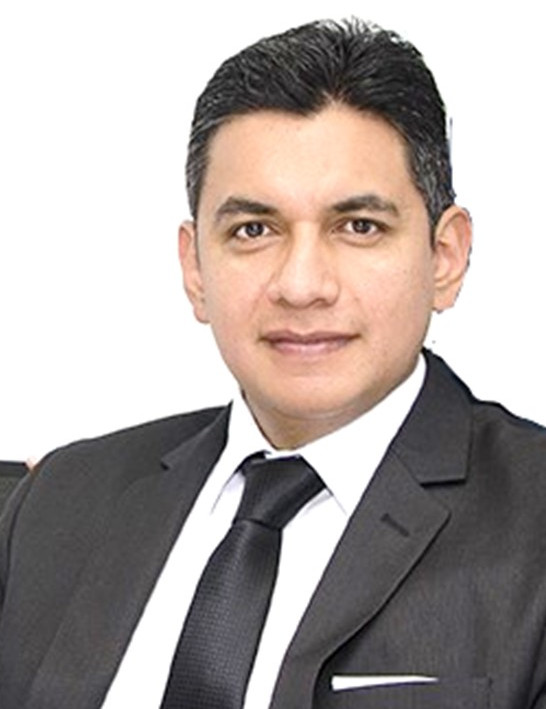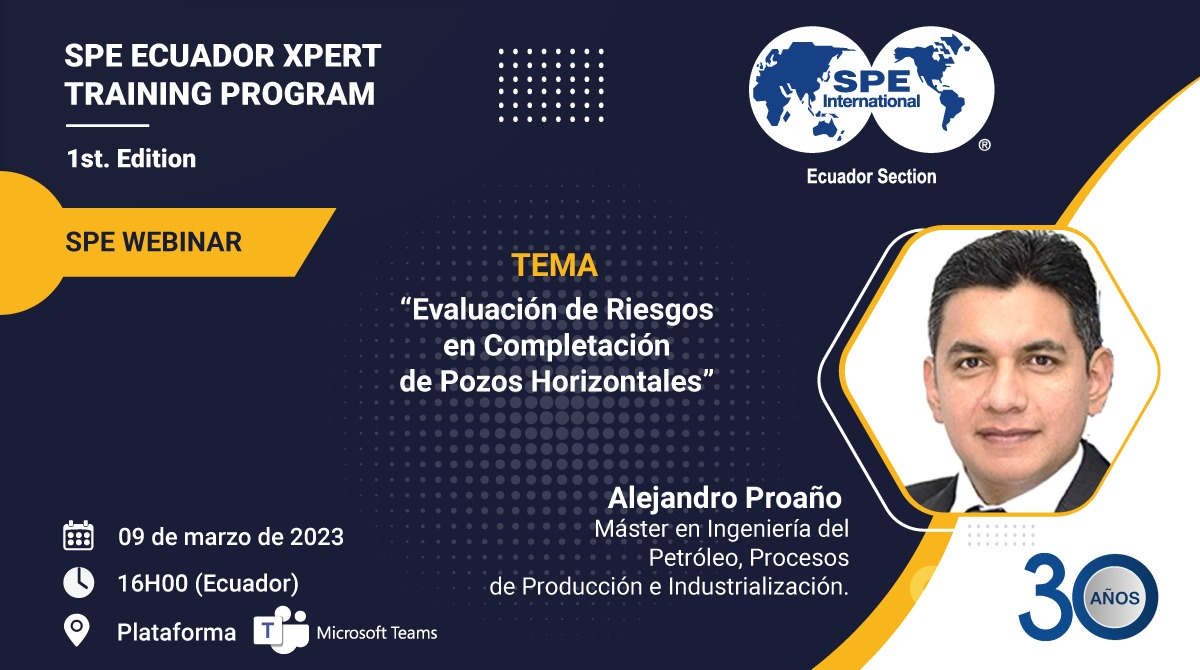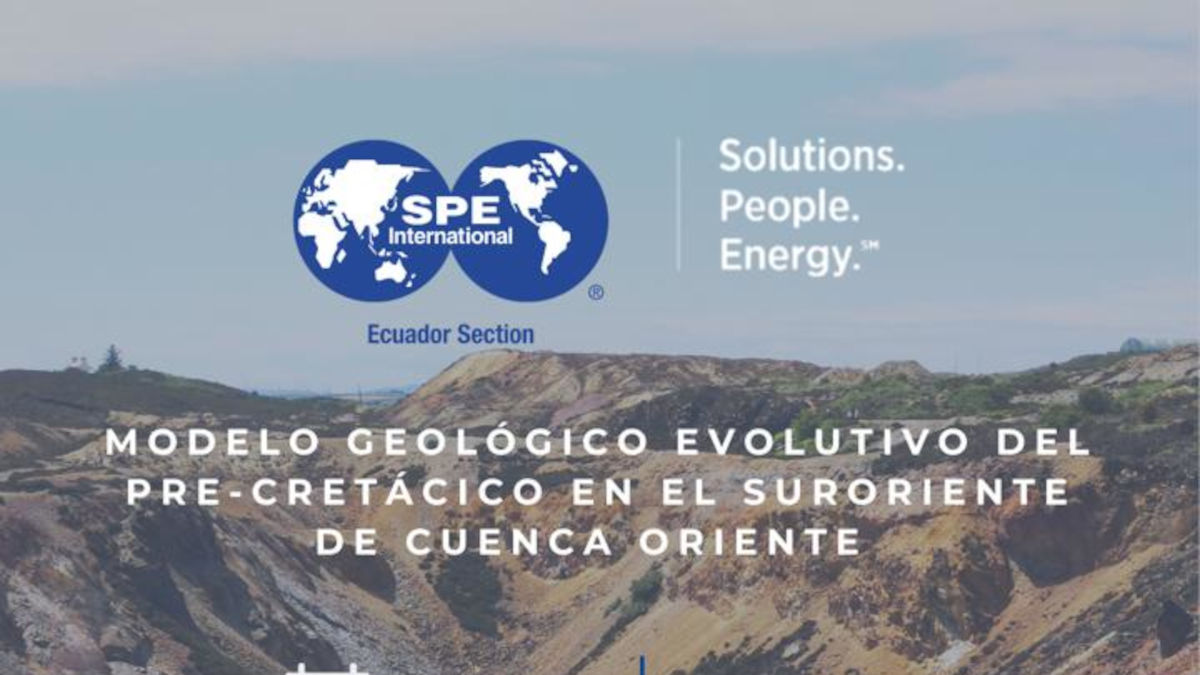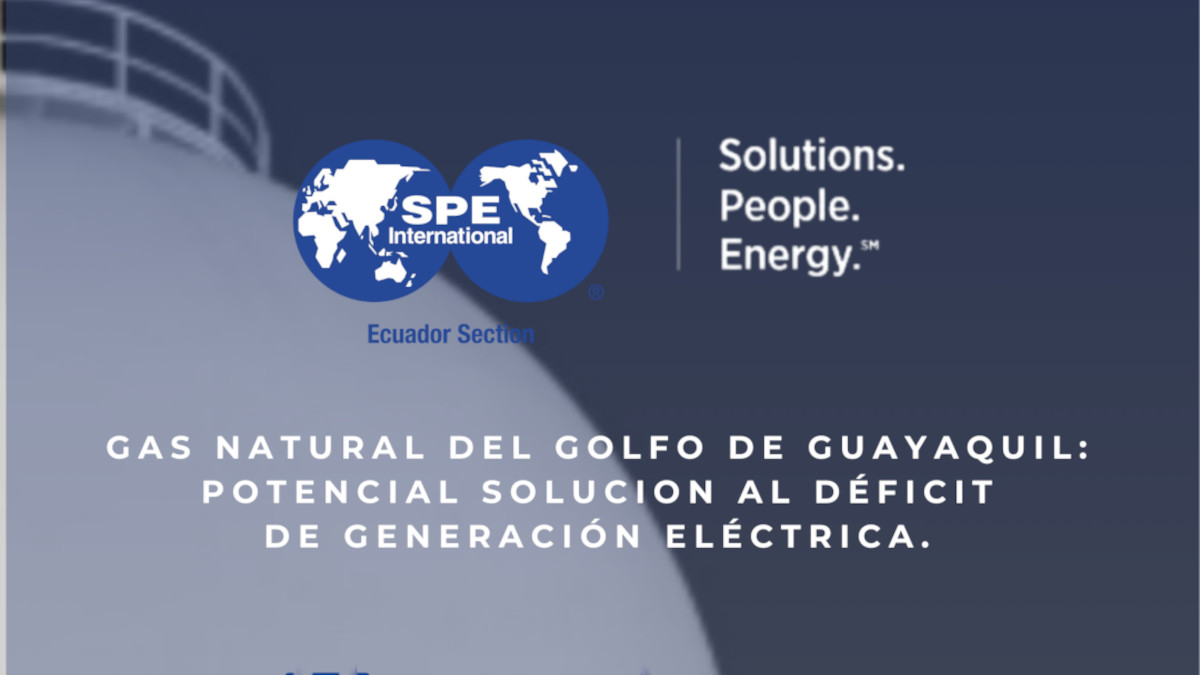Registro
Más información

Alejandro Proaño
Expert in drilling, workover and production of oil wells. Management skills and teamwork focused on achieving goals. Solid experience in project management, economic and risk assessment. Currently holds the position of Well Engineering Manager at SLB, where he has worked since 2019. During his professional career he has also worked as a drilling and workover engineer at Grupo Synergy E&P Ecuador and as a project manager at Oilpetsa.

Objectives/Scope
This document presents the initial completion techniques to perform operations in horizontal wells in the Planning, Execution, and Monitoring/Control phases.
In addition, the objective of this study is to present the risk analysis that is used during the planning phase of the completion of horizontal wells along with the mitigation and prevention measures that are included in risk management. The contribution of this document to the technical community is based on sharing the main considerations to be taken during the phases of the project.
Methods, Procedures, Process
An analysis of the mineralogy of the open hole section was performed, the trajectory and tortuosity, and its effect on the types of connection used. The ERA software application was used to determine geomechanical limits and evaluate risks during the trip, caused by surge and swab pressures, pick-up and slack-off velocities, and pump rate. Additionally, the ERA software was used to determine friction factors (pick-up. Slack-off, and torque), to determine the maximum allowable overpull, and to perform hole cleaning simulations.
Results
The result of the risk management process is the reduction of the impact, by managing the probability and/or severity of the risks identified in the calibration and liner running operations. Each of the risks are evaluated with the tools described in the CWI ECP Process Sheet, which are: Policies and standards, HARC, MOC, Meetings, SIMOPS, analytical software (ERA, TDAS), probability evaluation, check lists. The specific outputs of this process are the definition of the operating pressure window (ECD), the operational and hydraulic limits during the hole calibration, the pipe stress limits, the attention points according to the trajectory and mineralogy, and recommendations for run liner into the open hole. The identification, evaluation, planning, and action of prioritized risks constitute the process flow in risk management.
As a final part of the process, the risk management plan is updated, hydraulic recommendations are delivered to the client and the last phase is the risk register updating. The evolution of this process has permitted us to complete 3 horizontal wells in 2020 and 6 in 2021, and 1 during Q1 2022; with only 2 service quality events related to wiper trip or liner running operations. Both events have major severity categorization. This study has described the lessons learned about these events.



